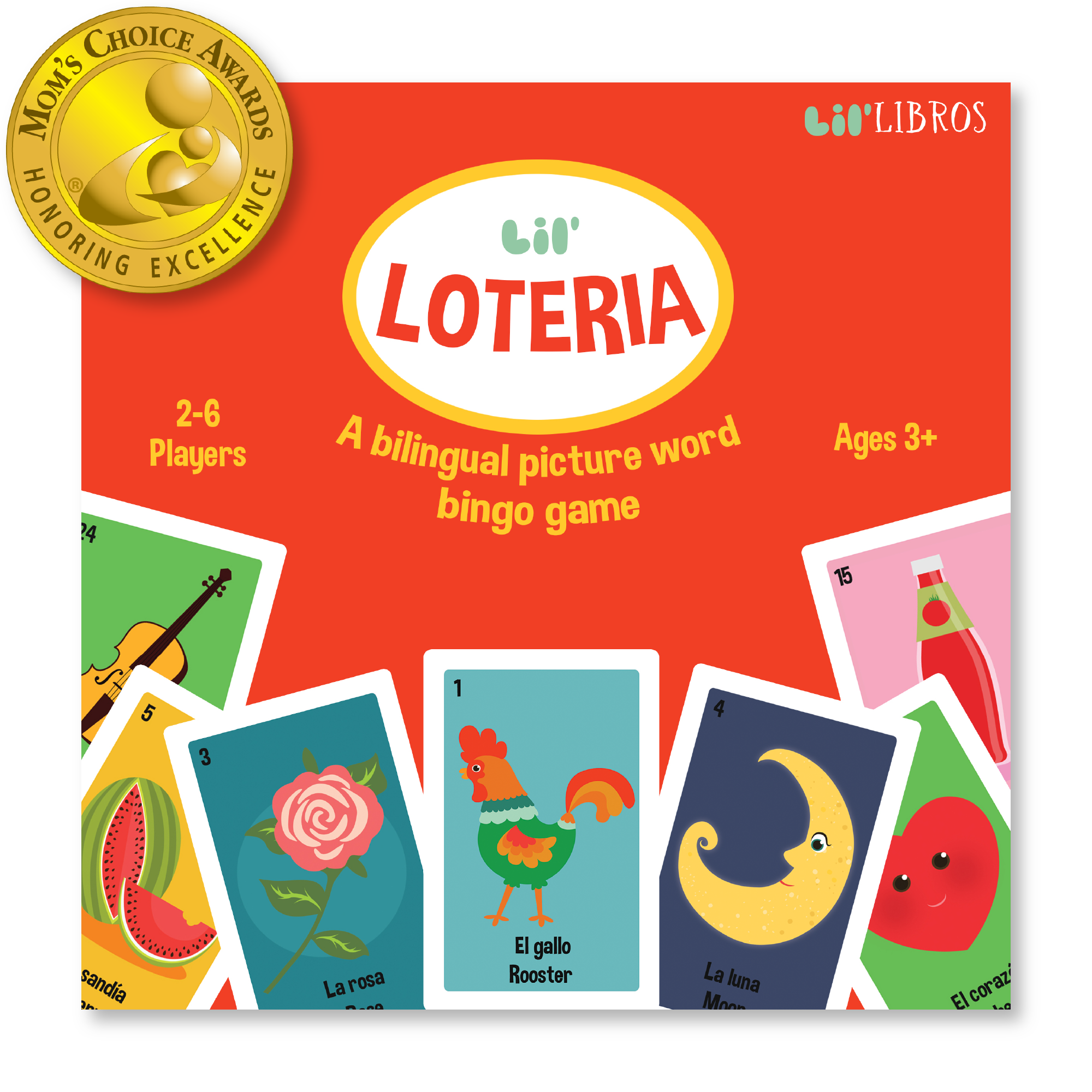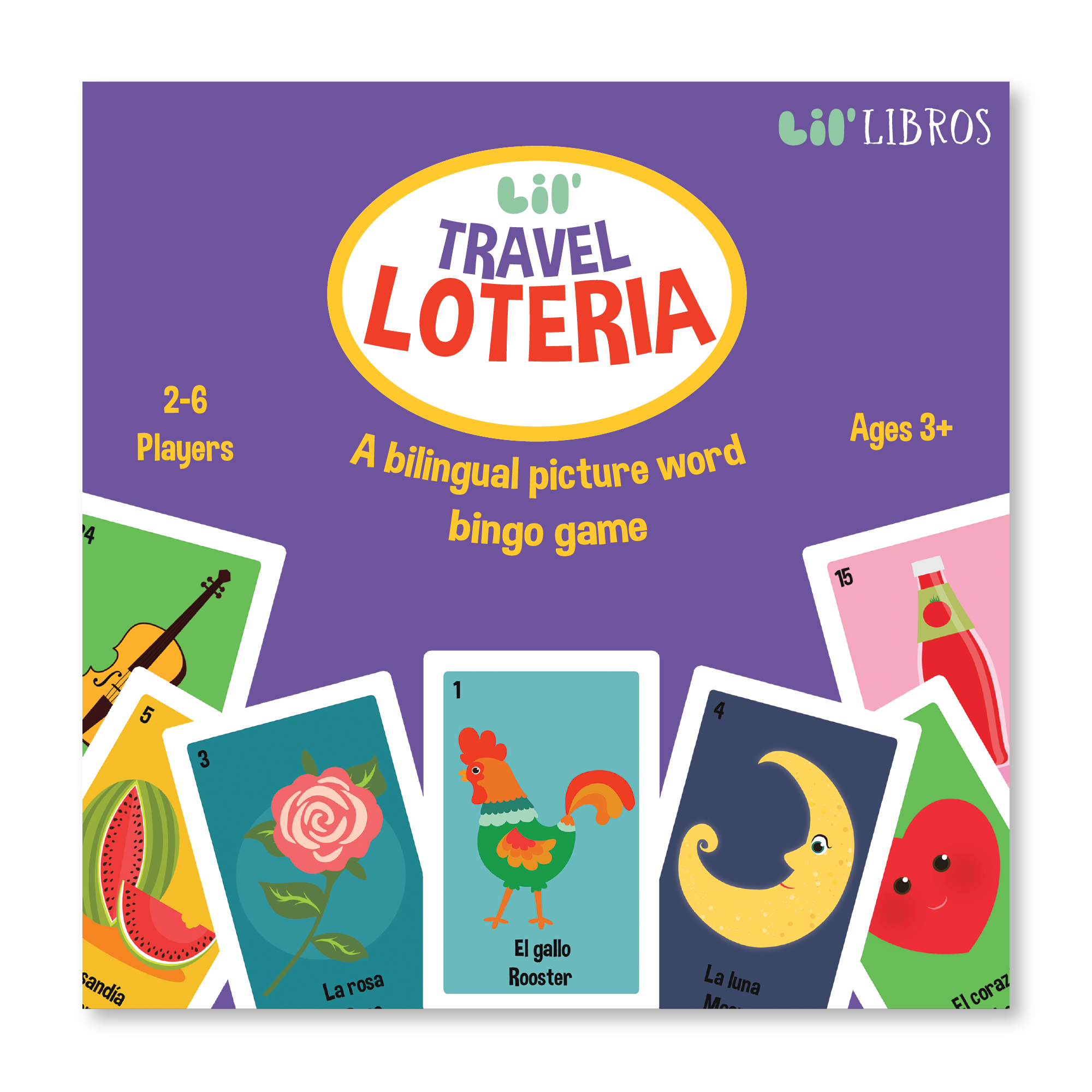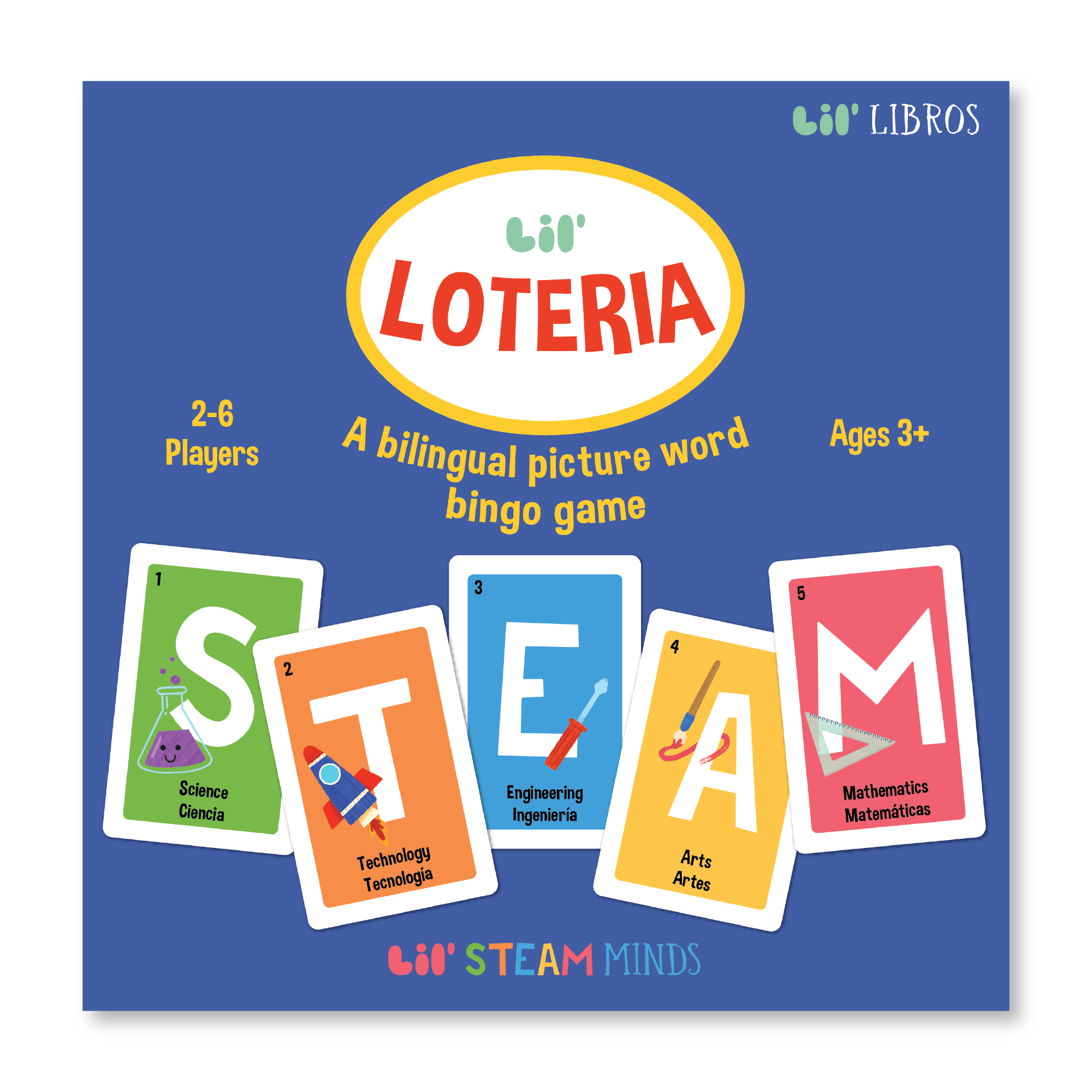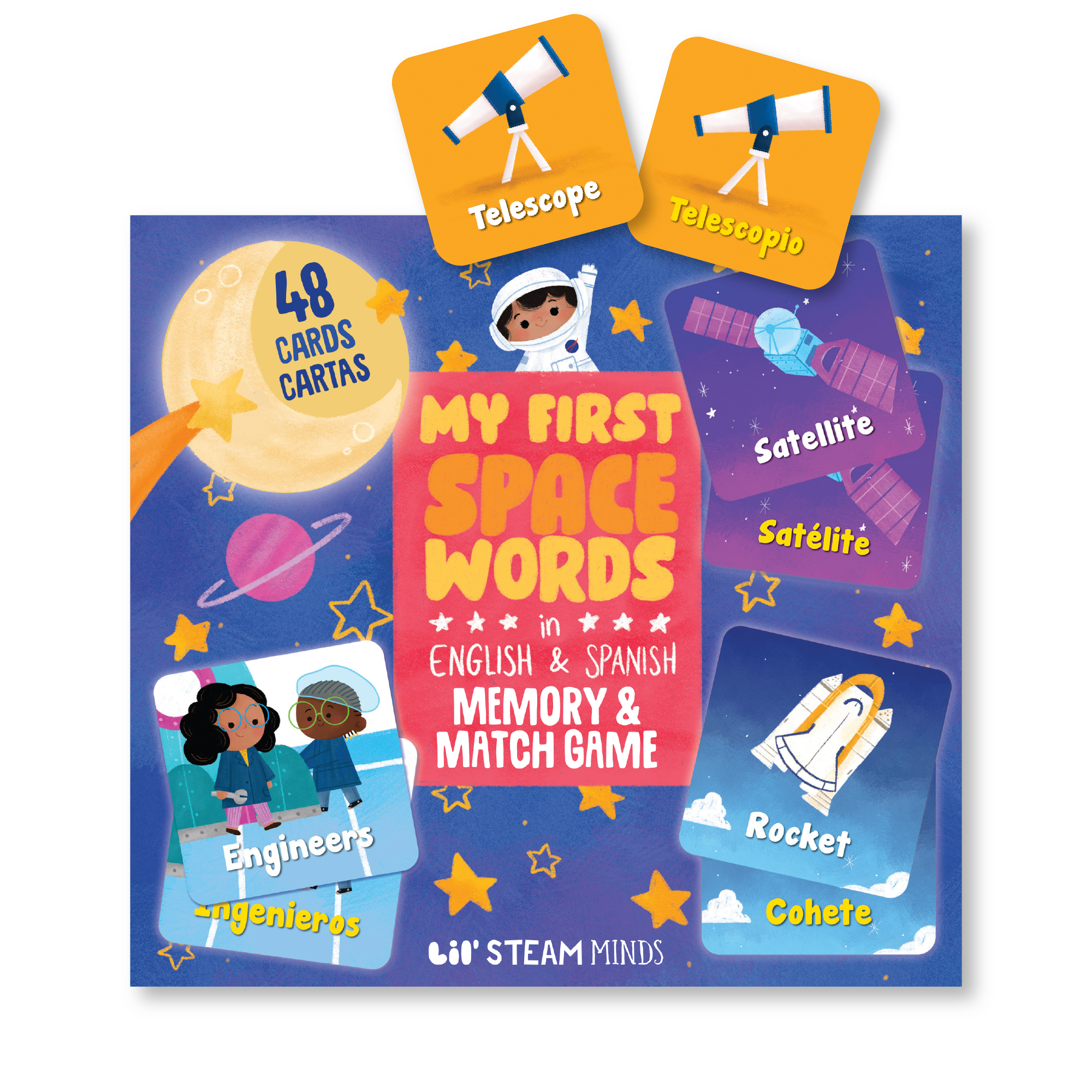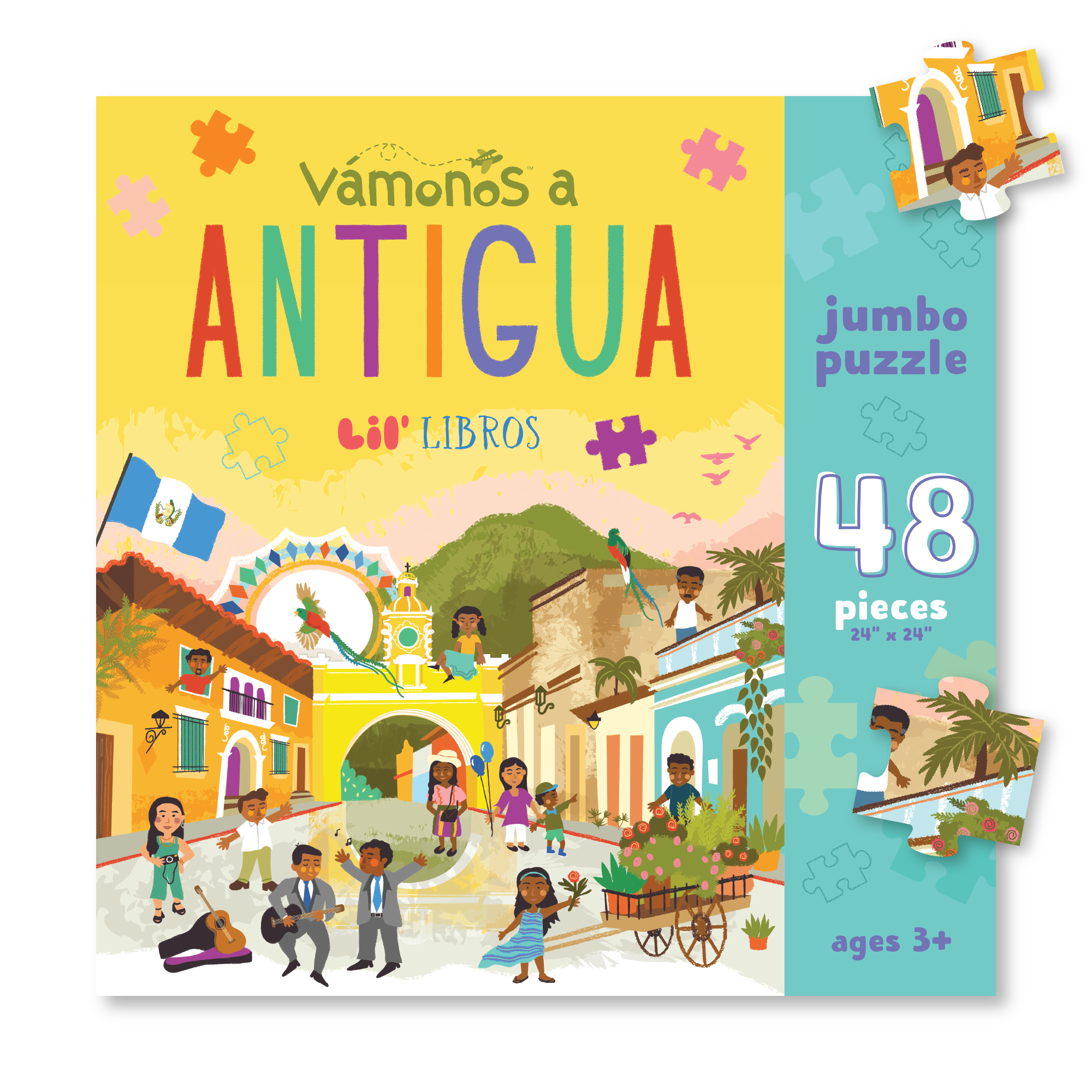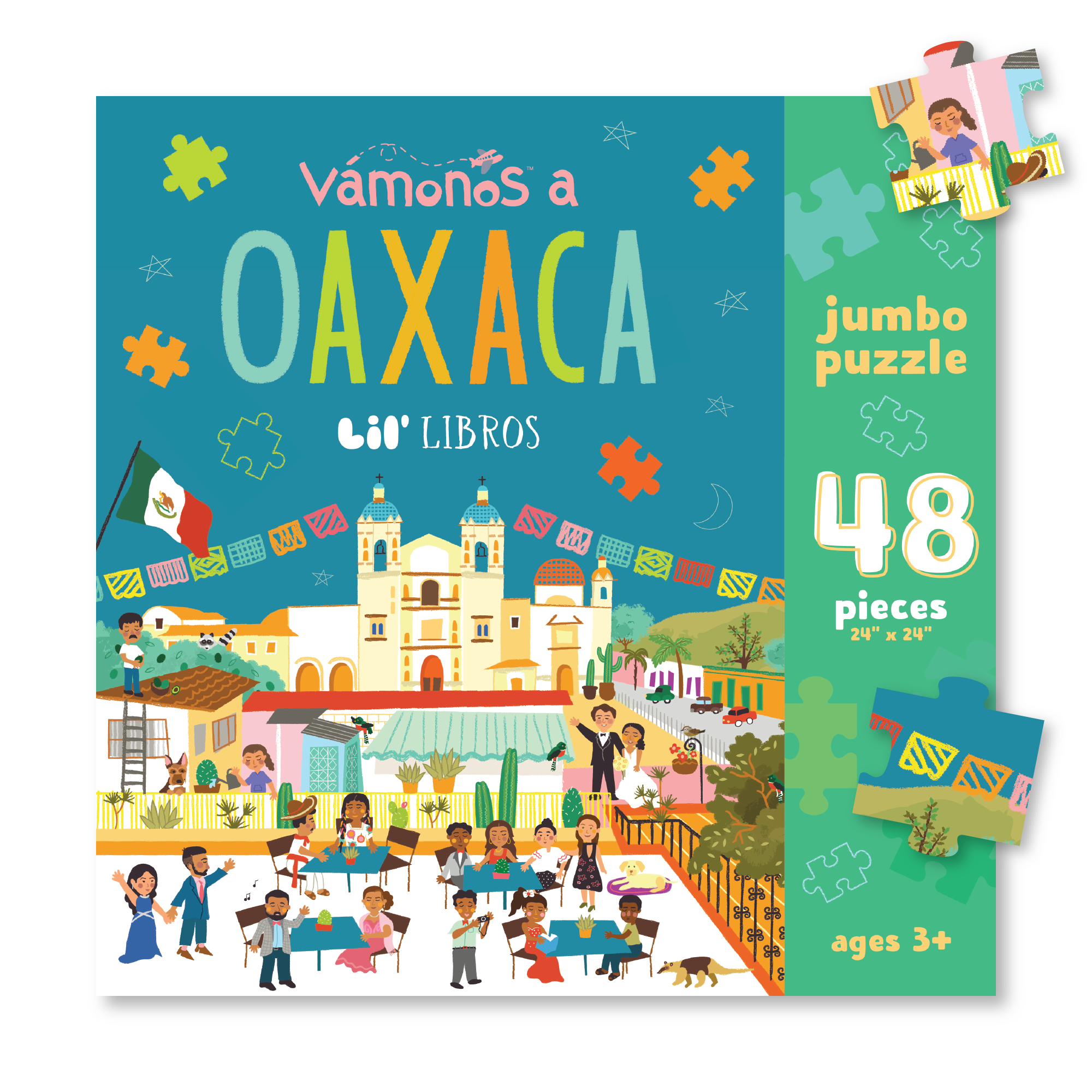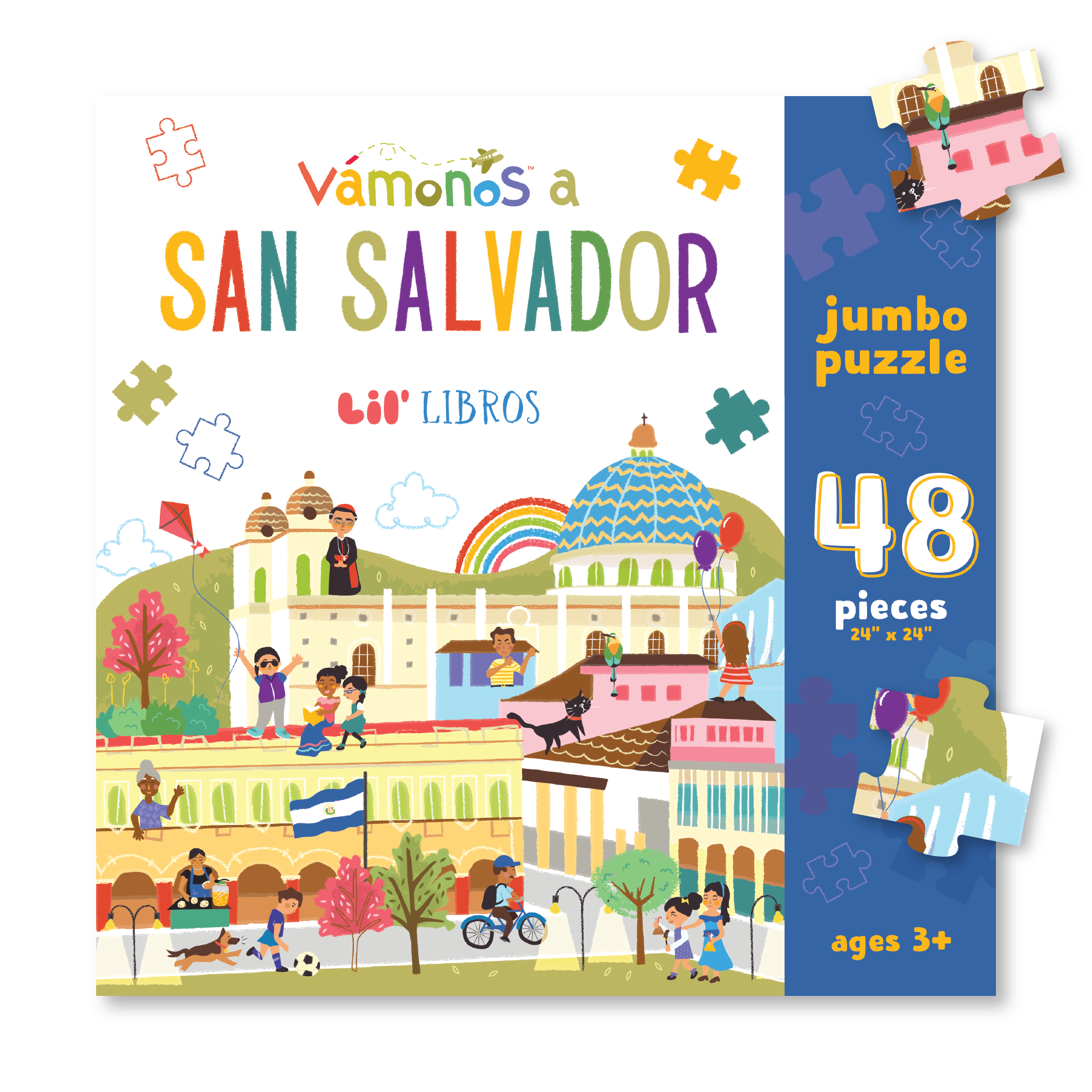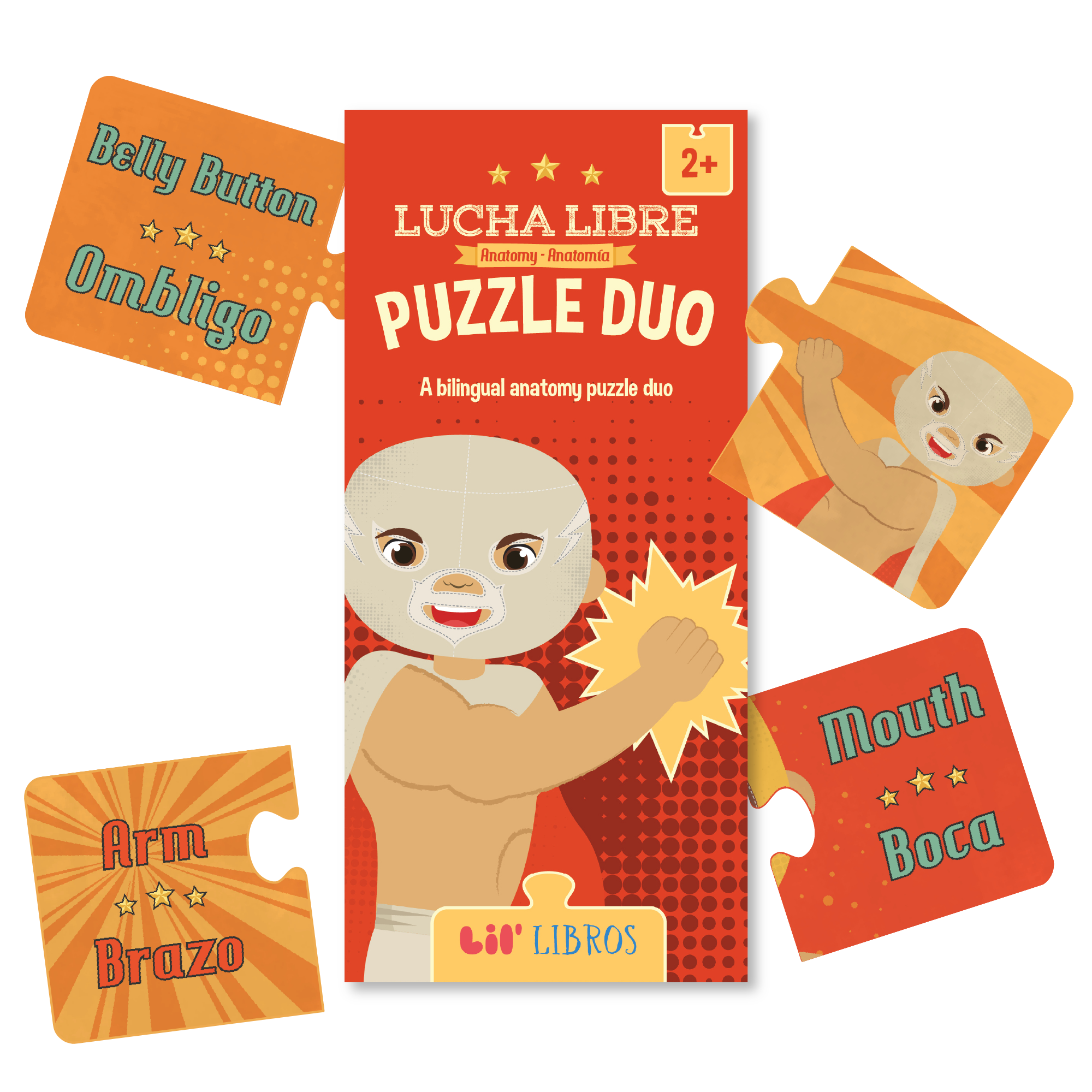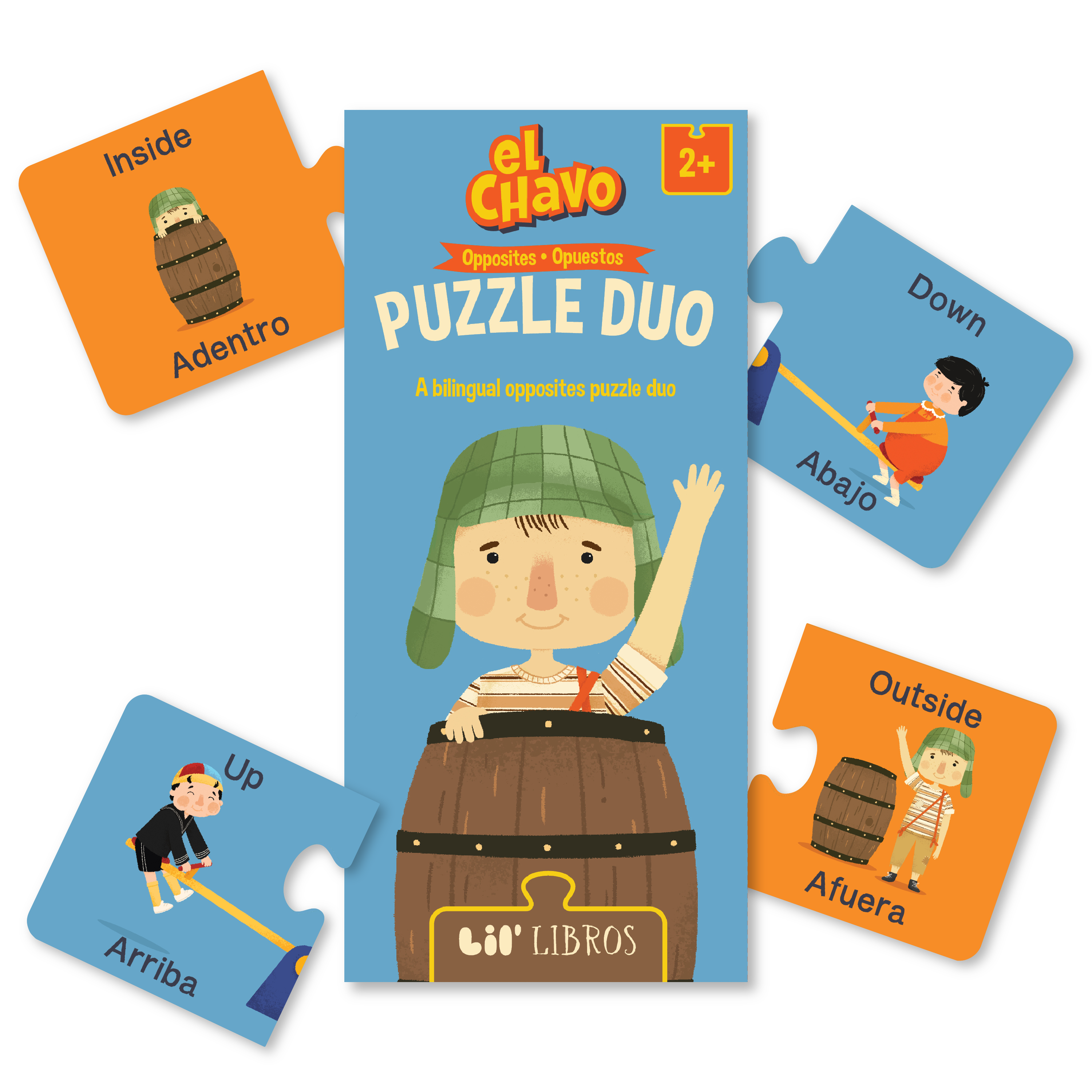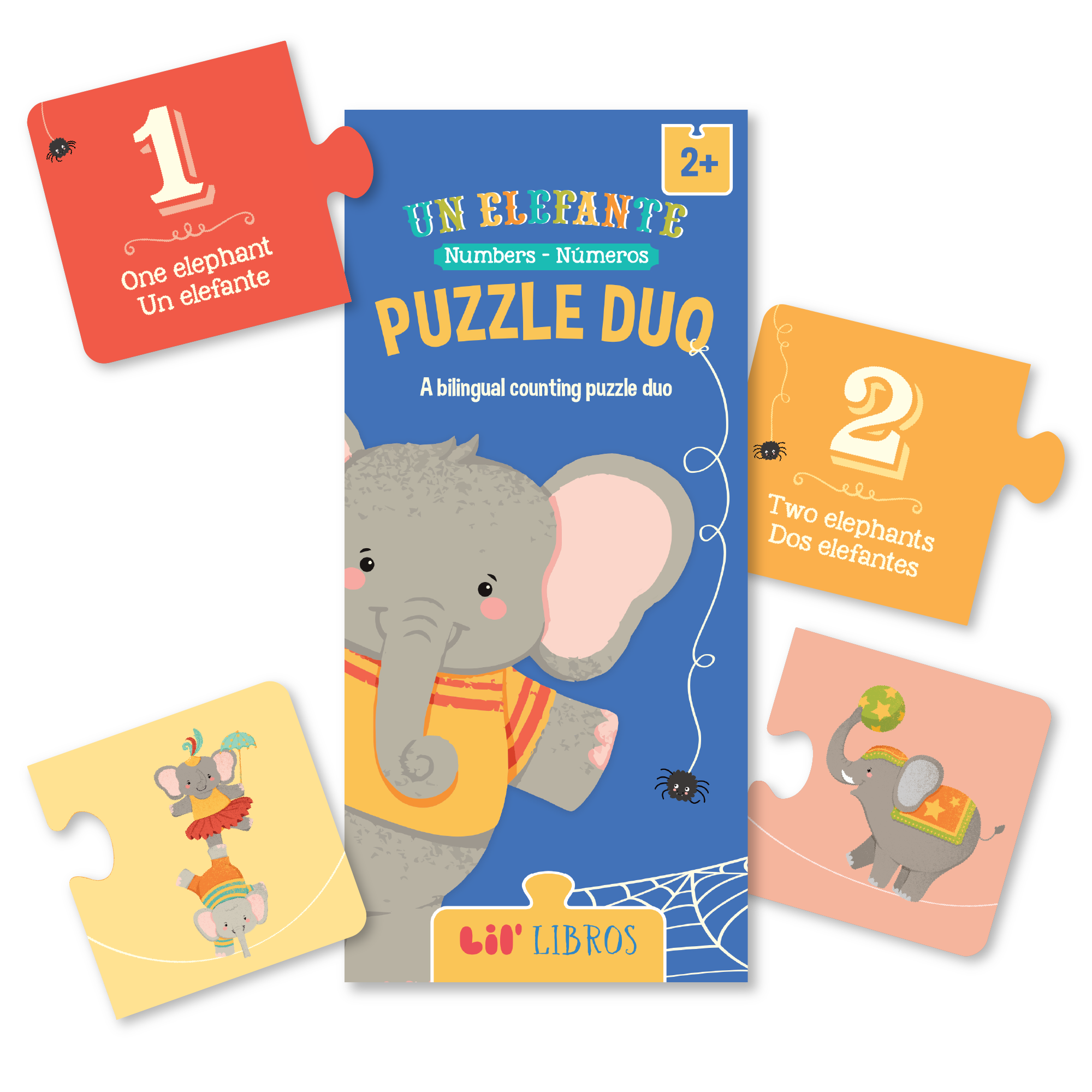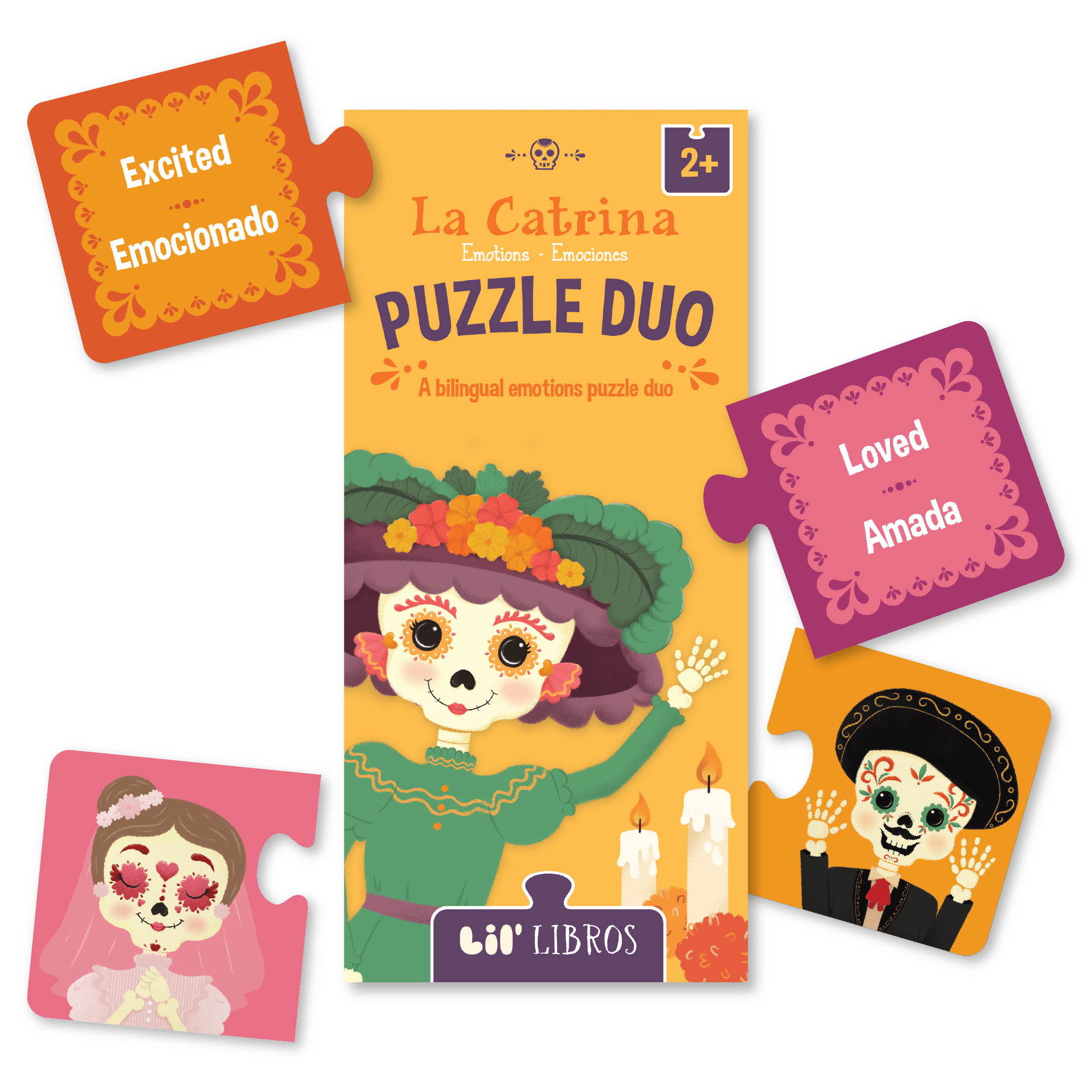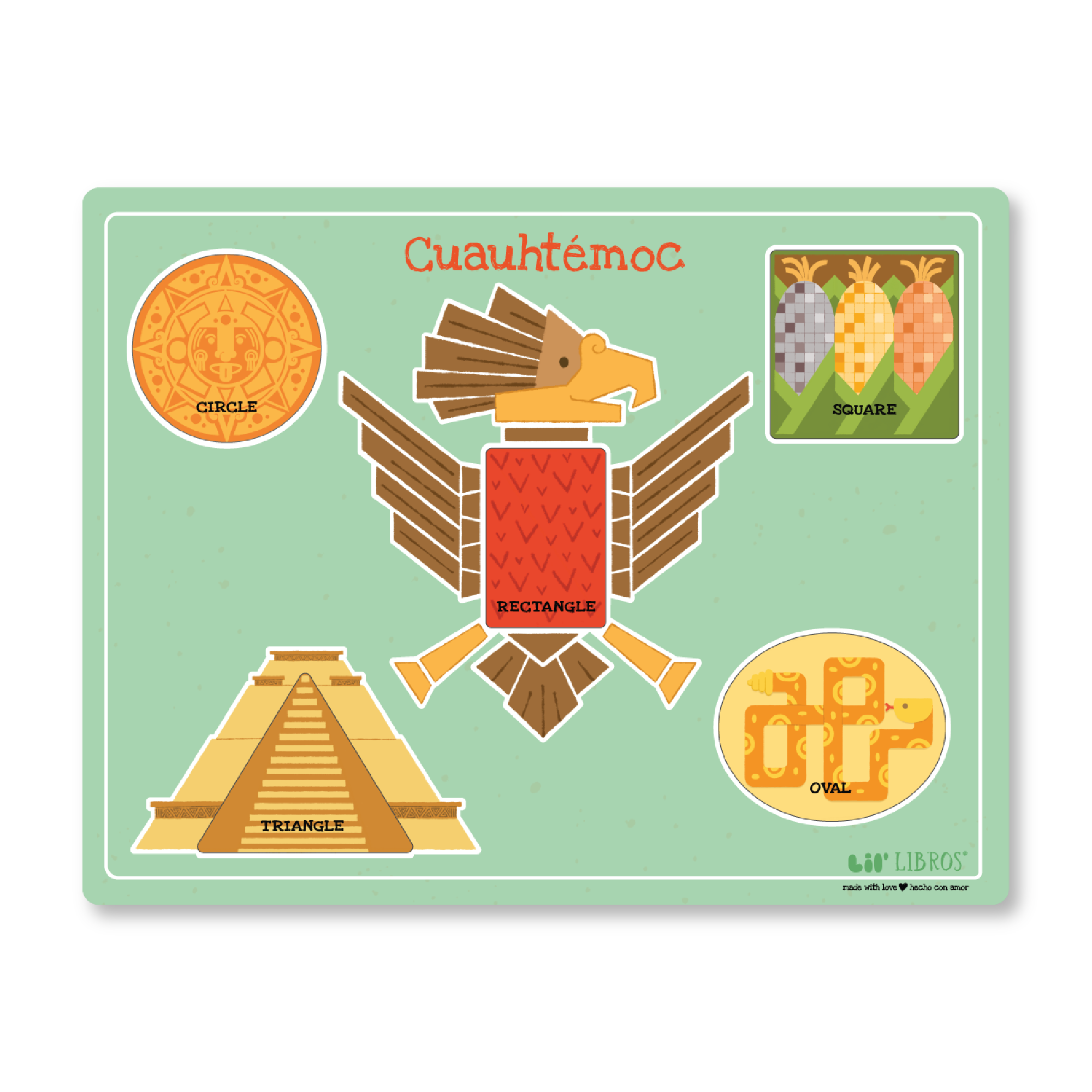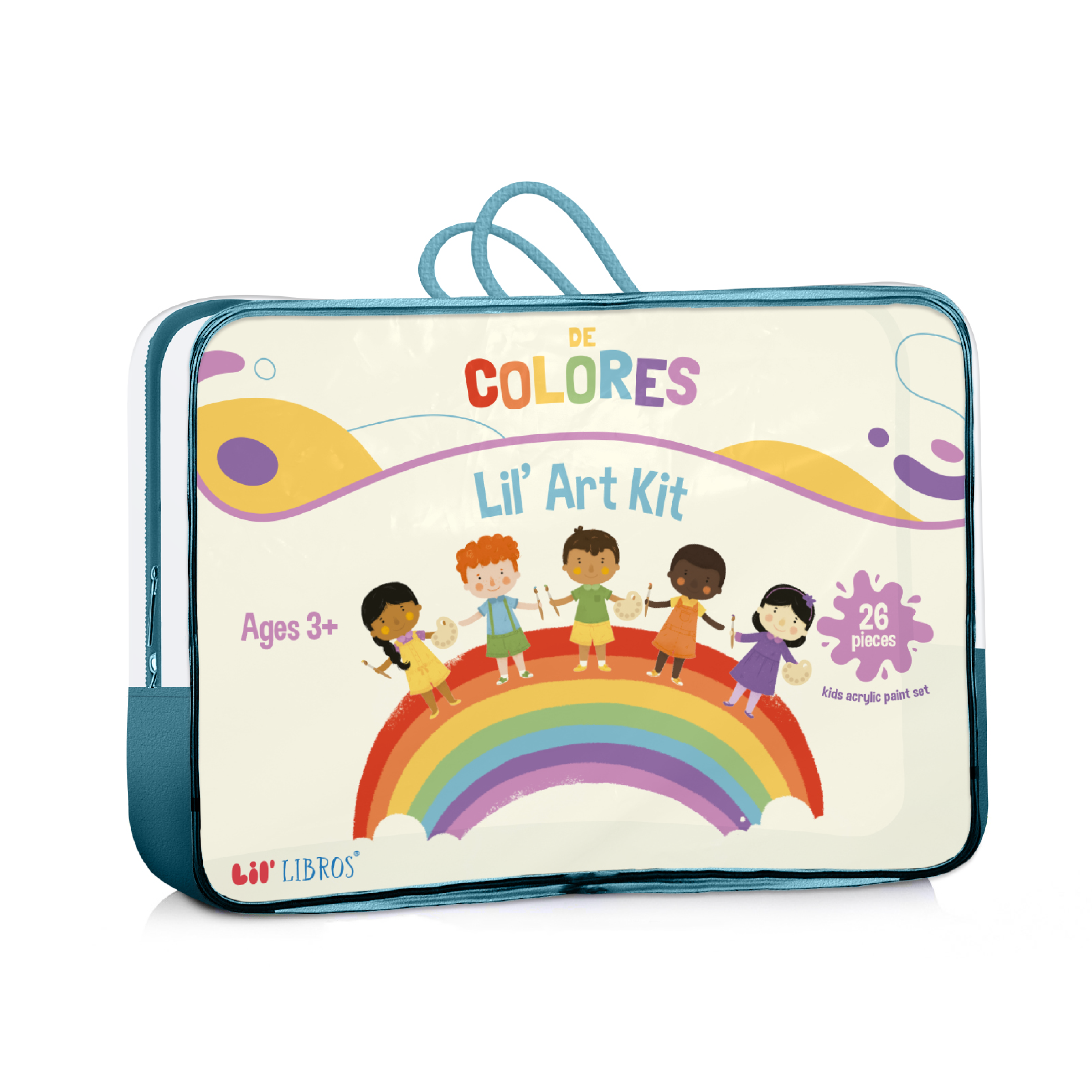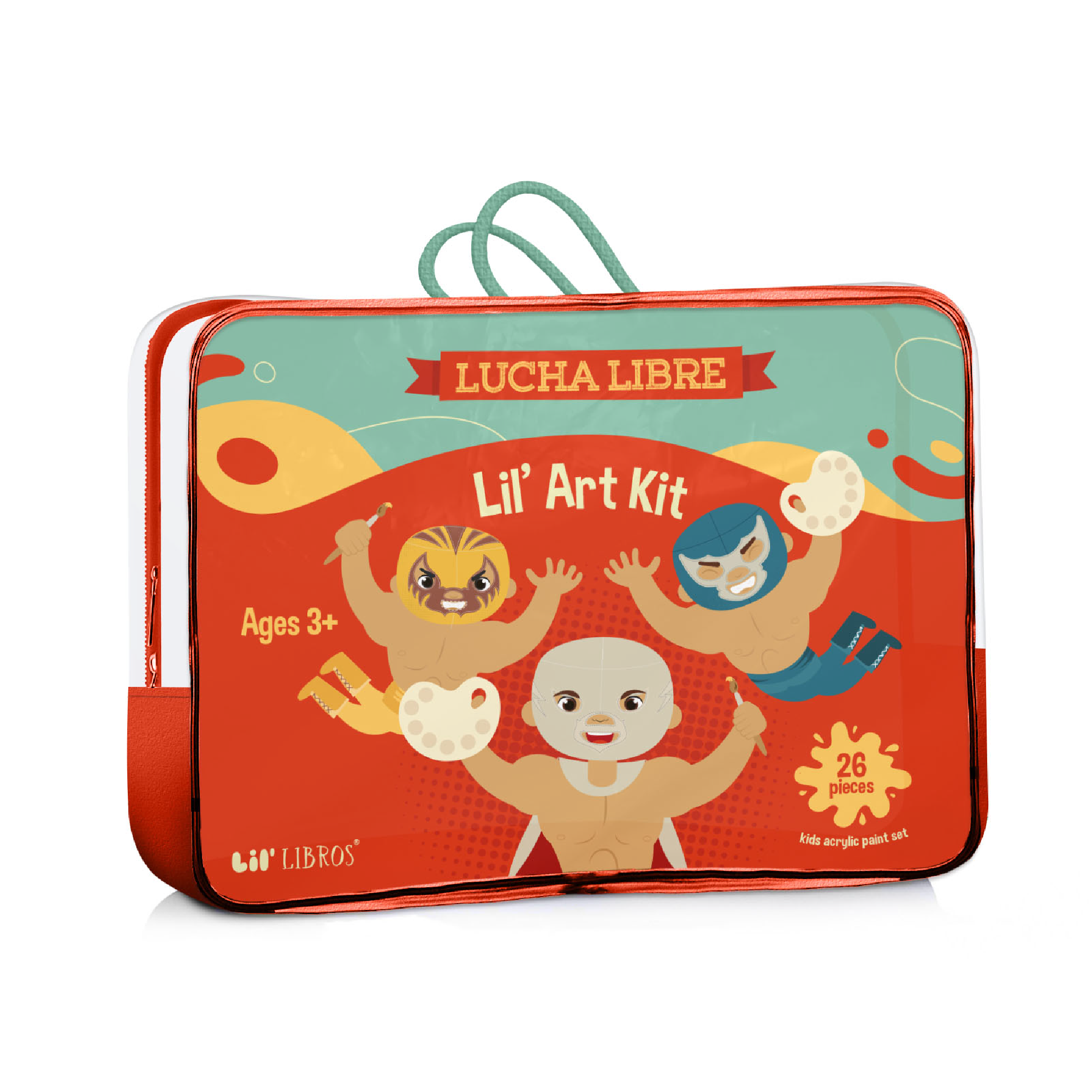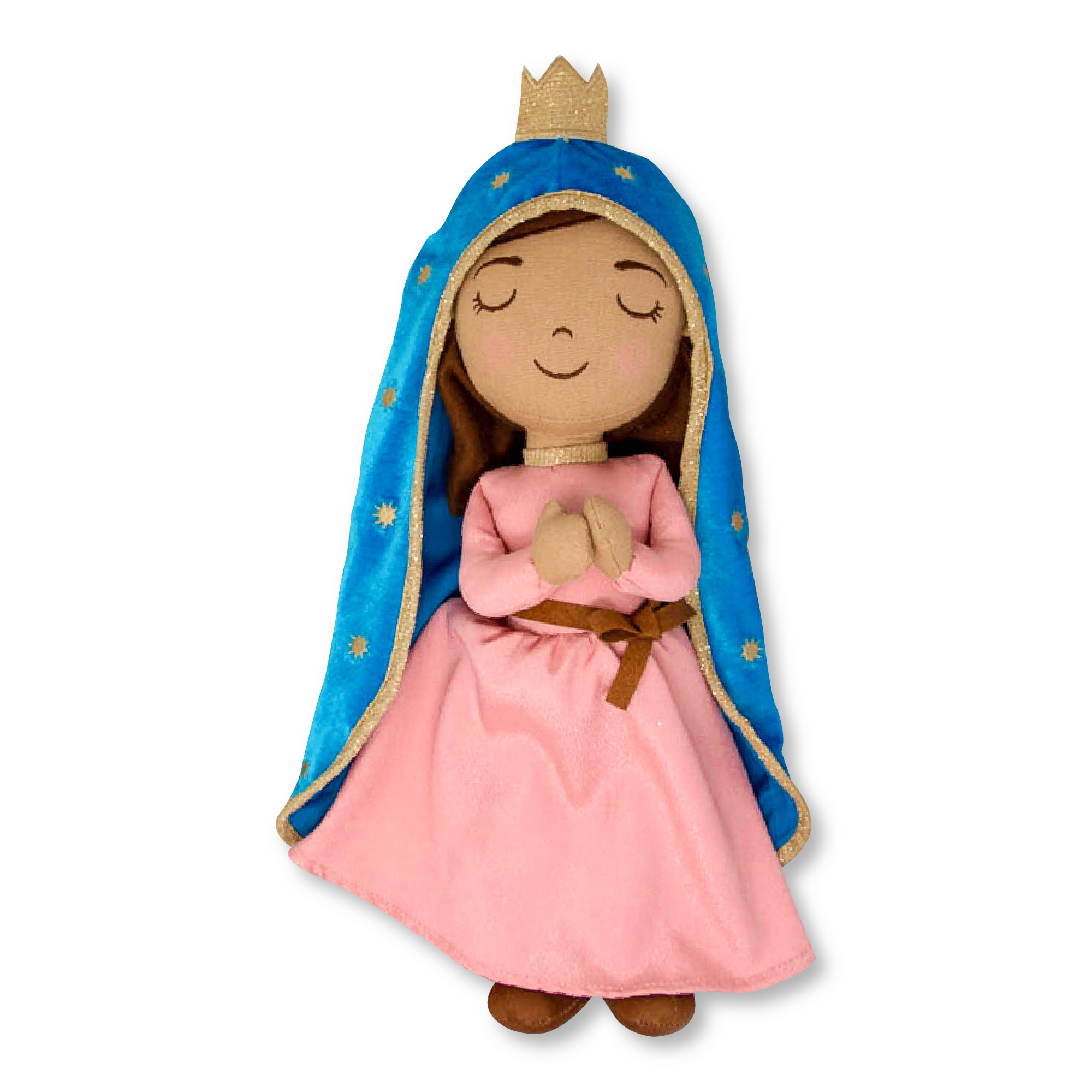
Victory: My son asked me to read to him in Spanish
By Susana Sanchez
At bedtime the other night, my 4-year old son Joaquin asked if I could read to him in Spanish. My heart melted. Our nightly ritual, if I get home on time, is bath time, followed by some impromptu dancing and reading two or three books in bed.
The one book he picked on this night however was in English. Suddenly “Little Bear” by Else Holmelund Minarik became “Osito Chiquitito.” I read every line in English first and then I came up with my best Spanish translation on the spot.
Joaquin giggled at my elaborate enunciation.
I giggled even louder. My Spanish is not perfect, but it made for a fun evening that reminded me of my Abuela Gladys and her tough-as-nails attitude to get her American-born grandchildren to speak Spanish at home.
Growing up, my parents spoke to my brother and sister and me in Spanish because they only spoke Spanish. My mother is from Guatemala and my father is from Nicaragua. They both immigrated to California in the 1970s. They met and settled in the east side of Hollywood, where many other Central Americans came to seek a better life. My father took English and photography classes at night and sort of taught my mom by day while they both ran a wedding photography business from our home. My mom also learned English with us doing homework and by watching TV.
Entering kindergarten I was put in ESL (English as a second language) during recess break because my English was a mix of Mighty Mouse and Sesame Street phrases. I felt annoyed I couldn’t play outside, but I wasn’t alone, there were other kids like me, and others who had just arrived from their countries. Some of us were back on the playground in less than two months.
I grew up bilingual. I think bilingual. I talk bilingually or in Spanglish to my Joaquin and to my daughter Valentina, 2, who are soaking it all in.
“Mom, I want water,” says Joaquin.
“En Español, por favor,” I say.
“Mom, agua, please … por favor!!!!” he says with delight.
At dinner, Valentina will point to the rice on her plate and grunt.
I will say, “¿Mas arroz, Valentina?” And she will say “Awossss!”
Sometimes in the hustle and bustle of everyday life, I will forget to talk en Español to my kids. I’m not going to say it’s easy to speak en español because it’s not, especially when you speak in English all day.
I find that I am not alone in my desires to teach my kids about their culture. According to the Pew Research Center survey on Language Use, 95 percent of Hispanics believe it is “very important for future generations in the U.S. to be able to speak Spanish.”
As a teenager, I tried to assimilate and shed my Spanish skills because I didn’t want to be different. In junior high I was bullied and made fun of because I had an accent. In high school, we moved to a suburb of L.A. and some of my classmates were second or third generation Latinos who didn’t speak Spanish. There came a point where I couldn’t remember words in Spanish and it annoyed my parents. However, Spanish was always spoken at home. It was the rule of la casa.
Even now I get vivid flashbacks of my Abuela Gladys, my dad’s mom, shushing our English and telling us “EN ESPAÑOL” the moment we got home from school.
During sixth grade, my Abuela Gladys came to live with us for about five years. She took it upon herself to school my brother and my sister and me on Spanish vocabulary every day after school, after we finished our actual homework. Great, more work, we mumbled to ourselves. She did not care about our whining.
Abuela Gladys insisted that these lessons were vital to our education and well-being. She insisted on rolling our rrrrr’s to a certain perfection. When reading out loud, she would scold us if we didn’t pronounce words with ñ’s correctly.
Twenty-plus years later, I can roll my rrrrr’s. I can read en Español and talk to my Abuelita Rosa, my mom’s mom. I can Skype with my family in Guatemala and write e-mails to family members in Nicaragua. I am often called on by co-workers to help translate things. I love that one co-worker who is learning Spanish likes to practice her conversational skills with me.
I want my children to love their cultures. My husband is a third- and fourth-generation Chinese-Japanese American who doesn’t speak either language. We will be taking Chinese and Japanese classes when the kids are older.
My Spanish is not perfect, but speaking en Español has been one of the greatest gifts my parents and my Abuela Gladys gave me and I am trying to do the same for my kids.
Gracias, Abuela Gladys. Gracias, mami. Y gracias, papi.
Here are six tips that have helped me keep my skills in check:
Listen to Spanish music. We listen to music all day in our household. While getting ready, during lunch, during dinner and before bedtime, my house is not silent. When getting the kids ready for bed I pick up a comb and I sing en Español to them. In the car, “The Book of Life” soundtrack (Spanglish) and a rock en español CD is on constant replay.
Watch TV and movies in Spanish. Every DVD now comes with a language choice. We have watched every animated movie out there in Spanish, and the kids don’t mind. Some translations are hilarious. For example, in the first “Shrek,” Donkey says he will make waffles in the morning. In the Spanish translation, he says “En la mañana yo preparo los tamales,” which means “in the morning I will make tamales,” a treat usually made for special occasions. My kids also enjoy watching “Peppa Pig” in Spanish. The Spanish spoken in Peppa is proper Spanish from Spain and my mother and I laugh out loud in between Peppa and familiasnorts.
Designate a Spanish-only hour. My husband, who learned Spanish on a trip abroad 15 years ago, needs more practice, so I designated Sunday mornings to be spoken en Español solamente. Hard, si. Doable, si.
Buy books that are in Spanish and English. If your Spanish is not so great or you don’t speak Spanish at all, buy books that come with both languages. The more you read out loud, the more you will remember and learn at the same time.
Take a class. There are many community centers that offer classes at a small fee. When I went to community college, I enrolled in Spanish 1 and regained some of the vocabulary I left behind in my teens. I then took Spanish 2, 3 and 4 and that was hard.
BOOKS
Here are five books we love. Some are simple and sweet and others take on a life of their own.
Counting with – Contando with FRIDA
Loteria First Words / Primeras Palabras
Lil’Libros collection, written by Patty Rodriguez and Ariana Stein, illustrated by Citlali Reyes
Ages baby-7
I found these books on Instagram when a friend tagged me on an image he thought I would like. “Counting with – Contando con Frida” had me at Frida. “Loteria First Words / Primeras Palabras” is inspired by the Latino version of the Bingo game. We played Loteria when we were kids with our parents and Abuela. And my mom played with her mom and her sisters when she was a child. Both books are perfect for my growing toddler. The illustrations are cute and easy to follow. My son knows both books by heart and Valentina adores her mini Frida.
‘Twas Nochebuena, A Christmas Story in English and Spanish
By Roseanne Greenfield Thong and illustrated by Sara Palacios
Ages 3-7
I know it’s not Christmas, but this book is a delight from start to finish. It captures exactly what the quintessential Latino Christmas Eve is about and all the fun traditions. It’s mostly in English with some words in Spanish.
Richard Scarry’s Best WORD Book Ever / El major libro de PALABRAS de Richard Scarry
By Luna Rising Editors
Ages 3-7
I love this book and the adorable illustrations. My mom bought us “the best word book ever” when we were kids, but there wasn’t a Spanish version at the time. This book has so much to look at. Some nights we only get though two pages because we dissect every image in Spanish and English.
Abuela
By Arthur Dorros, illustrated by Elisa Kleven
Ages 3-7
This is a story about a little girl and the adventures she and her grandmother go on through the little girl’s imagination. It’s short and sweet and it’s mostly in English with some Spanish words and sentences. The book has a glossary for the Spanish words used in the book, which is muy bueno. It’s also available in Spanish.
